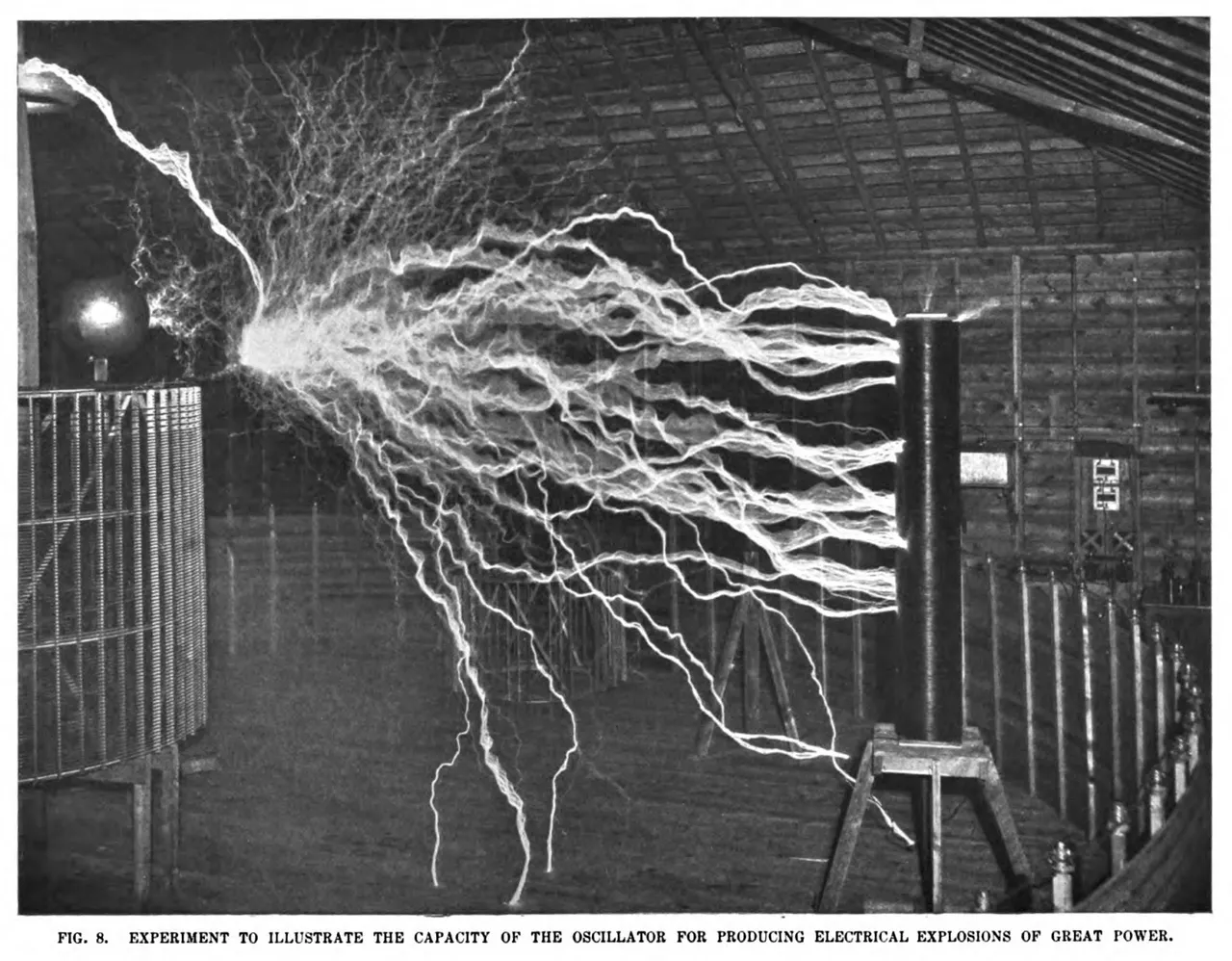☥ The ankh ☥
ˁnḫ, also known as crux ansata (the Latin for "cross with a handle") is an ancient Egyptian hieroglyphic ideograph symbolizing "life". https://en.wikipedia.org/wiki/Ankh
The Egyptian gods are often portrayed carrying it by its loop, or bearing one in each hand, arms crossed over their chest. The ankh appears in hand or in proximity of almost every deity in the Egyptian pantheon (including Pharaohs).
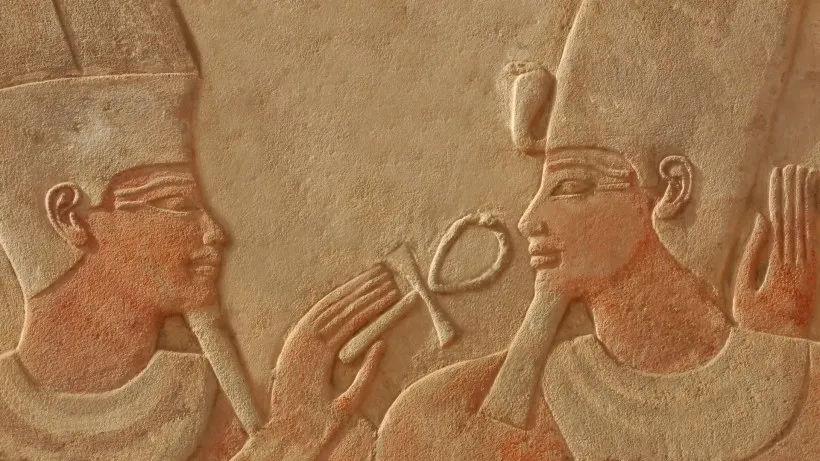
The ankh appears frequently in Egyptian tomb paintings and other art, often at the fingertips of a god or goddess in images that represent the deities of the afterlife conferring the gift of life on the dead person's mummy; this is thought to symbolize the act of conception.
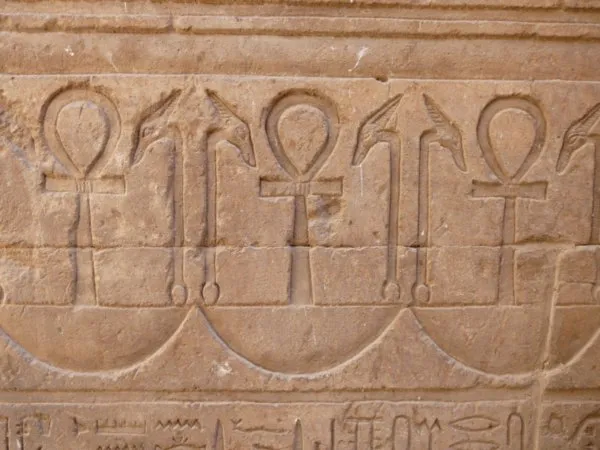
Additionally, an ankh was often carried by Egyptians as an amulet, either alone, or in connection with two other hieroglyphs that mean "strength" and "health". Mirrors of beaten metal were also often made in the shape of an ankh, either for decorative reasons or to symbolize a perceived view into another world. https://en.wikipedia.org/wiki/Ankh#History
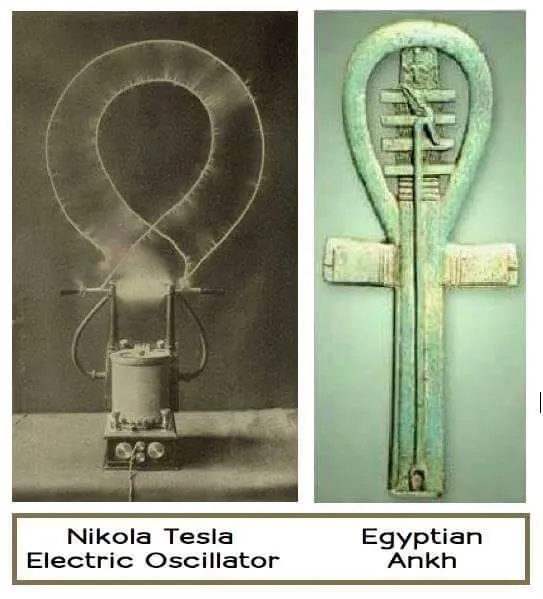
An electronic oscillator is an electronic circuit that produces a periodic, oscillating electronic signal, often a sine wave or a square wave.
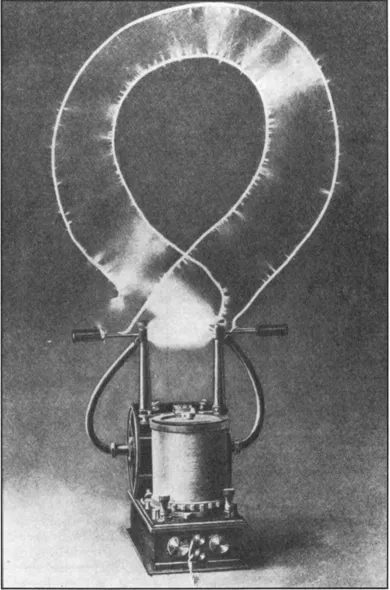
A popular op-amp relaxation oscillator.
https://en.wikipedia.org/wiki/Electronic_oscillator

They are widely used in many electronic devices. Common examples of signals generated by oscillators include signals broadcast by radio and television transmitters, clock signals that regulate computers and quartz clocks, and the sounds produced by electronic beepers and video games.
